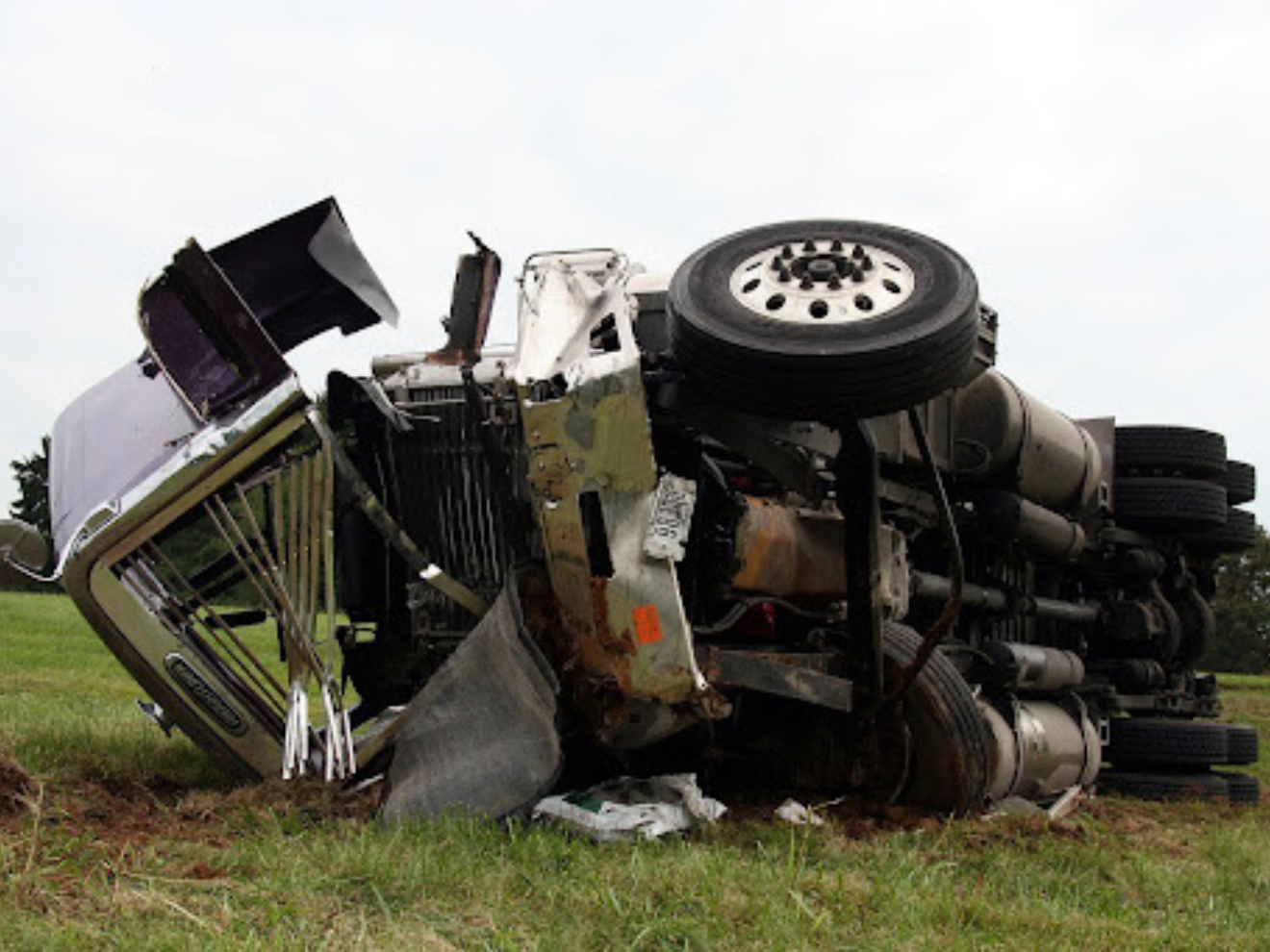Truck Accidents: Understanding the Legal Challenges
Every year, truck accidents claim thousands of lives and leave countless families grappling with devastating injuries. These massive commercial vehicles, while vital to America’s economic backbone, present unique dangers that far exceed those of typical passenger car collisions. When tragedy strikes, families often find themselves overwhelmed by both physical trauma and complex legal challenges—situations where experienced professionals like Simmons and Fletcher, truck accident lawyer can provide essential guidance through the intricate legal aftermath. Understanding what causes these catastrophic crashes and knowing how to protect yourself on the road could mean the difference between arriving safely at your destination and becoming another statistic.
The Devastating Reality of Truck Accidents
The numbers tell a chilling story. Despite making up just a fraction of vehicles on American highways, large trucks are involved in roughly 9% of all fatal crashes. This stark disparity reveals the outsized danger these behemoths pose to everyone sharing the road.
What makes these statistics even more heartbreaking is that truck drivers themselves rarely bear the brunt of these tragedies. Instead, it’s the occupants of passenger cars, pedestrians, and cyclists who pay the ultimate price. The physics are merciless—when 80,000 pounds of steel and cargo collides with a 3,000-pound family sedan, the outcome is rarely in doubt.
These crashes don’t discriminate by location, though they occur most frequently on rural highways and major interstates where higher speeds amplify the consequences of any mistake. The combination of heavy traffic, varying vehicle sizes, and sustained high speeds creates a perfect storm for disaster.
What Goes Wrong: The Primary Culprits Behind Truck Accidents
Several factors consistently emerge as the leading causes of truck accidents, each representing a preventable tragedy waiting to happen.
Human error tops the list, manifesting in various dangerous forms. Driver fatigue plagues an industry built on tight deadlines and long hauls, where the pressure to “make good time” can override common sense. Distracted driving—whether from smartphones, CB radios, or simply the monotony of endless highway miles—diverts attention at critical moments. Add substance impairment and aggressive driving to the mix, and you have a recipe for catastrophe.
Mechanical failures represent another major threat, often stemming from inadequate maintenance or inspection shortcuts. When brake systems fail or tires blow out on an 80,000-pound vehicle traveling at highway speeds, the results can be catastrophic. These aren’t acts of God—they’re preventable failures that occur when proper maintenance takes a backseat to tight schedules and cost-cutting measures.
Environmental challenges compound these risks. Rain, snow, fog, and ice don’t just make driving difficult—they make it exponentially more dangerous for vehicles that need significantly more time and distance to stop or maneuver.
Picture this scenario: A long-haul driver, already pushing the limits of legal driving hours, encounters unexpected traffic delays. Running late for a crucial delivery, he presses on despite growing drowsiness. When a sudden downpour begins, his truck’s overdue brake maintenance becomes a ticking time bomb. At a busy intersection, fatigue, slick roads, and compromised brakes converge into a split-second disaster that could have been avoided at multiple points along the way.
Your Shield Against Disaster: Defensive Driving Around Trucks
The good news? You have more control over your safety than you might think. Smart defensive driving can dramatically reduce your risk of becoming involved in a truck accident.
Distance is your best friend when sharing the road with commercial vehicles. Those massive trucks need far more space to stop than your car—sometimes up to 40% more distance. Tailgating a truck isn’t just dangerous; it’s potentially suicidal.
Visibility works both ways. If you can’t see a truck driver in their mirrors, they can’t see you. The danger zones—directly behind the trailer, alongside the cab, and in front of the truck—are where too many accidents begin. When you must occupy these spaces, do so briefly and with purpose.
Passing requires patience and decisiveness. Don’t linger alongside a truck, and don’t cut back in too quickly. Make sure you can see the entire truck in your rearview mirror before changing lanes. Remember, trucks need extra room for turns, sometimes swinging wide or appearing to turn the wrong direction before completing their maneuver.
Most importantly, stay alert and minimize distractions. Your quick reflexes and full attention might be all that stands between a close call and a life-changing collision.
When the Unthinkable Happens: Navigating a Truck Accident
Despite your best efforts, accidents sometimes occur. If you find yourself involved in a truck accident, your response in those first crucial moments can impact everything that follows.
Safety comes first—always. Check for injuries and get medical attention immediately, even if you feel fine. Adrenaline masks pain and trauma, and some injuries don’t manifest symptoms right away.
Document everything you can. Take photos of vehicle damage, road conditions, traffic signs, and anything else that might be relevant. Collect contact information from witnesses—their independent accounts often prove invaluable later. The scene of an accident tells a story, and you want to preserve as much of that narrative as possible.
Contact authorities and your insurance company promptly, but understand that truck accident cases operate in a different league entirely. These crashes involve federal regulations, multiple insurance policies, corporate liability, and complex investigation processes that dwarf typical fender-benders. The stakes are higher, the players more numerous, and the legal landscape far more treacherous.
The Regulatory Framework: Rules Designed to Save Lives
Commercial trucking operates under a web of federal and state regulations designed specifically to prevent the kinds of accidents we’ve discussed. Hours-of-service rules combat driver fatigue. Mandatory inspection requirements catch mechanical problems before they cause crashes. Driver qualification standards ensure that only properly trained and medically fit individuals operate these massive vehicles.
These regulations directly address the leading causes of truck accidents, creating layers of protection for everyone on the road. Yet their effectiveness hinges entirely on consistent enforcement and industry compliance—a reminder that safety requires constant vigilance from regulators, trucking companies, and drivers alike.
The Road Ahead: Your Role in Truck Safety
Truck accidents will continue to pose a serious threat as long as we share our highways with commercial vehicles. But this threat isn’t insurmountable. By understanding what causes these crashes, adopting defensive driving strategies, and knowing your rights and options should the worst occur, you become an active participant in making our roads safer.
The responsibility for preventing these tragedies doesn’t rest on any single party. Truck drivers must prioritize safety over schedules. Trucking companies must maintain their fleets and support their drivers. Regulators must enforce the rules designed to protect us all. And everyday drivers—people like you—must remain vigilant, informed, and prepared.
Every time you share the road with a commercial vehicle, you’re part of a complex dance of physics, human judgment, and split-second decisions. Understanding the steps to that dance, and your role in it, could save your life and the lives of those you love most.
This article appears in Jan 1 – Dec 31, 2025.
Related

Reign Bowers is an outdoor enthusiast, adventure seeker, and storyteller passionate about exploring nature’s wonders. As the creator of SuperheroineLinks.com, Reign shares inspiring stories, practical tips, and expert insights to empower others—especially women—to embrace the great outdoors with confidence.




Post Comment